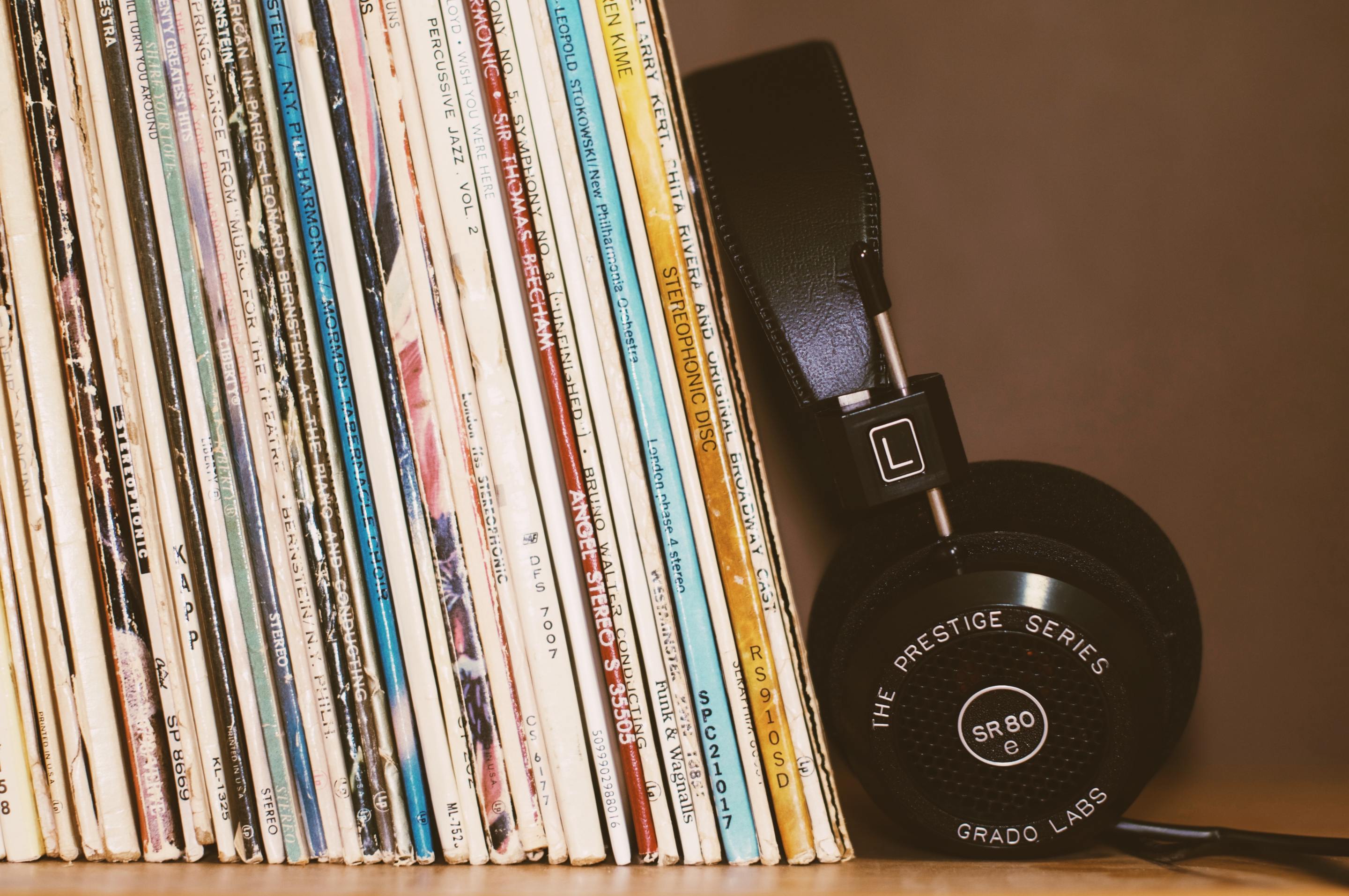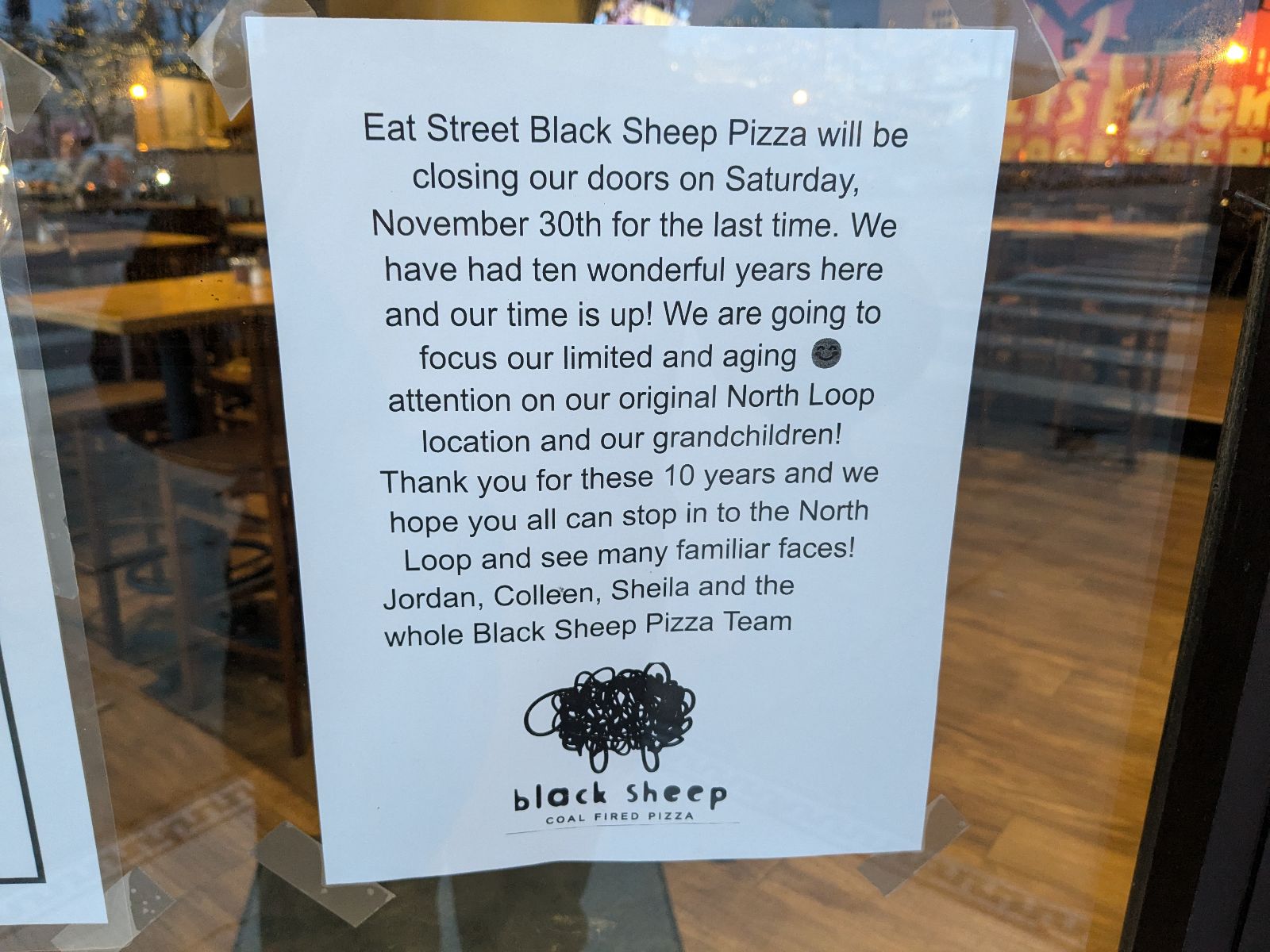Diehard Prince fans will recognize the name Susan Rogers, but to many her work on his crucial mid-’80s music remains lesser known. From 1983-1988 she was his staff engineer, assisting him in achieving the exact sounds he wanted. Often, she was the only other person in the studio when he recorded his classic songs.
Now a cognitive neuroscientist, Rogers teaches at Berklee School of Music, and she’s recently published her first book, This Is What It Sounds Like: What the Music You Love Says About You. In this excerpt, she describes how she came to work with Prince, and how this experience taught her the critical role that listening plays in the creation of music.
One life-changing day in the early summer of 1983 I got a call from a former boyfriend who worked as chief tech for Westlake Audio, Michael Jackson’s chosen studio. In his thick Boston accent John said, “Yah dream job is waitin’ fah ya! Prince is lookin’ fah a technician!” Instantly I knew that that job would be mine. I had been a Prince fan from the moment I heard his first single, “Soft and Wet,” coming out of a boom box held on the lap of a young Black teen on the back of an eastbound bus crawling down Sunset Boulevard in Hollywood. I had seen Prince a couple of times on tour and had all his albums. I also knew through the professional grapevine that he liked working with women.
His genre-bending sound and avant-garde profile made him a rare bird, an eclectic outsider to the folk-rock musicians surrounding me in Southern California. But the fact that I was one of a tiny handful of female audio technicians in the industry made me a rare bird, too. None of the more experienced technicians in Los Angeles were interested in taking the gig because it required relocating to the Midwest, thousands of miles from the epicenter of the entertainment industry. I, on the other hand, was willing to leave everyone and everything behind, move to Minneapolis, and become the personal tech for the artist who meant the most to me.
Prince had just finished touring his groundbreaking double album 1999. He was at an early point in his next record and the first thing he needed me to do was install a new recording console in his home. It took me about a week to finish, after which we began to have short exchanges (Prince was famously taciturn, especially while working). What little conversation we did have was about equipment and practical matters, but one day as I drove up to the gate outside his house I had Sly Stone’s “Thank You (Falettinme Be Mice Elf Agin)” cranked up on my car stereo. I lowered the car window and pressed the button for the intercom. Prince answered. . . by singing along.
That may have been the first time he realized that he and I shared the same musical taste—we “lived on the same street,” as he liked to put it. Perhaps that’s why after I finished installing and repairing the equipment, he unexpectedly invited me to sit in the recording engineer’s chair.
There’s a world of difference between an audio tech and a recording engineer. To use an analogy from the movie business, the recording engineer is like the cinematographer, while the audio tech is like the crewperson who repairs the camera. But Prince didn’t realize—or, more likely, didn’t care—that I had no experience in the art of manipulating sound. He trusted my technical knowledge and, somewhat audaciously, was willing to trust my ability to listen. For someone so determined to make her way in the music industry, it was an astonishing opportunity. I was learning to make records from one of the most original musical minds of his generation, hearing what he heard, listening through his ears. The experience helped me realize that the endless hours of music listening I had engaged in all my life had supplied me with a solid frame of reference I could use to make musical decisions. Once an engineer gets past the technical impediments of learning to use the tools of the trade, the next step is to use those tools to make something that she likes. My lifelong love—listening to records—helped me push sound around and arrive at something that my new boss approved of.
The album we worked on in that basement studio was Purple Rain.
I accompanied Prince on the Purple Rain tour as a sound engineer and one of the venues we played was the Los Angeles Forum. On that tour, I was not mixing sound at the “front of house” console but I had what I considered to be an even better gig: I was recording the show in a mobile recording truck parked behind the stage. In most respects, it was a routine tour date. Light and sound systems were set up and tested. The risers and stage props were placed. Instruments and microphones were set up, routed, and line-checked. All this was accomplished by the efficient hands of a well-trained road crew. But this particular tour date was anything but routine for me. I went through the usual motions of my own tasks: mic adjustment, gain staging, and meticulous sound sculpting during the band’s soundcheck. But all the while I could feel those rafters high above my head.
I remembered exactly where I stood in the stands eight years before, when I made my implausible vow that was now coming true: I was a bona fide professional sound engineer working for my favorite artist in the world.
A few hours before the show, I took the cassette from our soundcheck into Prince’s dressing room to touch base on some last-minute details. He was sitting alone at a make-up table. Although I rarely divulged anything personal to him, this moment meant too much to me to keep it to myself.
“Prince, I want to tell you something.”
He turned to me with an inquisitive face.
“I just wanted to thank you for making my dream come true.”
Prince was widely known as someone who avoided small talk and unnecessary personal conversations, preferring to share his thoughts in his lyrics. Whether in public or working with collaborators, he maintained a poker face to protect his artistry from the relentless distractions of stardom. I seldom saw the true, pre-celebrity Prince under this veil, but tonight was one of those rare moments. A broad smile lit up his face expressing genuine joy at making my fantasy come true—and in his eyes I could recognize that he, too, was living out a dream. Nothing else needed to be said. This was one of our most resonant moments of mutual empathy during four extraordinarily productive years together.
In time I returned to Los Angeles and began working as an independent recording engineer. Soon, record labels and artists began to recognize that I had a good ear along with technical skills, so my career took another step forward as I transitioned into the role of record producer. If a recording engineer is like a movie’s cinematographer, then the record producer is like the director, guiding performances, critiquing arrangements, and shaping the finished product to meet its artistic goals.
By the mid-’90s, I had become one of the very few successful female record producers in the profoundly male-dominated industry. (During most of my production career in the ‘80s and ‘90s, you could count on the fingers of one hand the number of women who worked exclusively in that role.) I engineered, mixed, and/or produced music with a variety of artists, including David Byrne, Tevin Campbell, Rusted Root, Robben Ford, and Geggy Tah. I worked on gold and platinum albums, including co-producing the Billboard #1 hit “One Week” with Barenaked Ladies. I had reached a pinnacle of professional music listening: turning songs into records—the objects of listeners’ devotion and affection.Yet for much of my career, even though I was working closely with some of the most talented musicians in the business, in my private moments I often found myself asking an unsettling question.
Did listening to music actually matter?
Though I was well paid and consistently earned the respect of my colleagues, I felt there was an invisible line in the studio that I could not cross. In my mind, I remained “merely” a listener. I could often be swayed by what the musicians suggested, even when I held a contrary view, because I believed that my own musical opinions didn’t carry the same weight as a composer’s or performer’s. I embraced and cherished the role of record-maker, yet during the more nuanced conversations of how music worked, I sometimes felt like a bystander.
My beliefs about the importance of listening did not change overnight, but I can trace the start of this shift to a memorable encounter with Miles Davis. Though it took several years to fully bloom, a germ of wisdom he planted would eventually transform my perspective on what music listening was ultimately all about.
One day Miles was visiting Prince’s Minnesota home for dinner and to listen to a few of our works in progress. We were downstairs in the studio and Miles stood with his back directly in front of me as he addressed Prince’s father John Nelson, a jazz pianist. The two veteran musicians were in the middle of an odd dinner conversation about pants.
“I really like those striped pants you wear,” said Prince’s dad.
“I don’t own striped pants,” Miles replied.
“Yes you do, I’ve seen you wear them.”
“Where’d you see me in striped pants?!”
“On TV! At the Grammys!”
“I don’t own any striped pants!”
“Yes, you do! They’re black and white!”
“I’m telling you, I don’t have any striped pants!” insisted Miles.
All of a sudden, he spun around and thrust his famously intense globular eyes just inches from my face. Holding steady he exclaimed, “Yes, I do!” as if he had been talking to me all along. “They’re made out of eel, like in Vietnam!”
Holding my ground, I blurted, “EEL?! Like in Vietnam?!”
Standing rock still, Miles Davis kept his face uncomfortably close and began firing off a rapid barrage of questions.
“Who’re you?”
“Susan.”
“Where you from?”
“Anaheim.”
“What do you do?”
“I’m an engineer.”
“How long you been here?”
“A few years.”
As the barrage continued, it gradually dawned on me that this odd exchange was what jazz musicians do: Miles was “playing” verbal riffs for me to respond to, going back and forth without pause as if improvising with a fellow instrumentalist. I took a modest amount of pride in returning his serves and keeping up with the pace. At the climax of our duet, Miles fired off the proclamation that would inspire me to reconsider the value of my contribution to music.
“You a musician?”
“I am not.”
“That’s okay,” he declared, his big round eyes still locked onto mine. “Some of the best musicians I know aren’t musicians.”
And with that he turned away, impromptu jam session over.
I didn’t fully comprehend Miles’s enigmatic claim that day, but I felt that he had said something that was both true and crucial to understanding the nature of music. His words hovered in some part of my consciousness as I spent countless hours with extraordinary musicians, producers, and engineers exploring music from the smallest details to the biggest concerns. As I gained confidence in the studio and watched a greater variety of musical minds at work, I slowly came to realize that I was developing a perspective that could work alongside the formal music theories taught at conservatories like Julliard and Berklee.
Listening to music—attending to what works and doesn’t work in a song, feeling its rhythms and melodies as if they were as much a part of your body as your fingers and hips—is an indispensable component of what music is. Practically speaking, without a listener, music does not exist. By perceiving, feeling, and reacting to the many dimensions of a song, a listener closes the creative circle and completes the musical experience. Implicit in Miles Davis’s declaration was the conviction that when it comes to the creation of a musical experience, the act of listening can be every bit as vital as the act of performance.
But note that crucial qualification. Can be. It doesn’t happen automatically. Listening is not the same as hearing. Listening is an active process, not a passive one, and becoming a competent musical listener requires curiosity, effort, and love. But it requires something else, too—something it took me years to fully comprehend: it requires understanding and embracing your unique identity as a listener.
We each seek out different sorts of experiences and emotional rewards from our musical encounters. Some listeners favor songs that evoke sweet nostalgia, while others need a groove that matches their inner rhythm. Some want to visualize otherworldly imagery when they listen to their favorite records, while others enjoy being captivated by imagery in the song’s lyrics. Some crave innovative sound design, while for others it’s all about that bass. Science simply cannot predict how a person will respond to a piece of music from the objective properties of its features alone. Musical features do not predict love—music listening does. Two people can listen to the exact same song and report dramatically different accounts of “This is what it sounds like… to me.”
Susan Rogers’s This Is What It Sounds Like: What the Music You Love Says About You, co-written by Ogi Ogas and published by W. W. Norton & Company, is now available in stores, online, and IRL.





